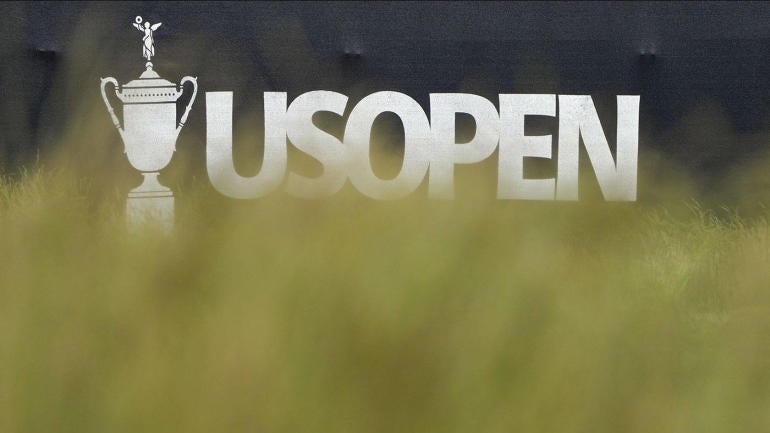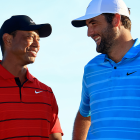
In all the hoopla of this week, it's easy to forget that one of the great majors at one of the most anticipated golf courses of the last decade is on deck next week: The U.S. Open. You are forgiven if you have forgotten. After all, who can possibly focus on the third major of the year at Los Angeles Country Club with the Public Investment Fund of Saudi Arabia working with the PGA Tour and DP World Tour on a potential multi-billion dollar deal as part of an all-time stunner to the highest order of the golf world?
And yet, all the back and forth of the last year with LIV Golf emerging first as a threat to the PGA Tour before partnering with it, has simply been window dressing for the only events that truly matter from an historical perspective. Kevin Van Valkenburg wrote a piece this week that included a line I'd like to reiterate here: "Here is the brutal truth about the PGA Tour: Its greatest value has always been providing context for the majors."
This is correct and something that has endured all along.
There have been many histrionics about what this merger means for the PGA Tour, LIV Golf and the DP World Tour, but histrionics are often just that. No matter how much money, attention, time, effort or energy you throw at a new company, and no matter how grandiose the company's vision, nothing changes about the U.S. Open, Masters, PGA Championship and Open Championship.
Those four have not only stood the test of time, they have weathered the current storm. They are the bedrock of professional golf. When everyone around them bellowed and hollered about Official World Golf Ranking points and who was allowed to play in which league, they almost completely kept their doors open to anyone who qualified. In doing so, the message was clear: You guys can fight it out for the other 48 weeks, but that conflict only exacerbates our meaning. Those four tournaments became the only four weeks in which all the best players in the world gathered. They were (and are) the calm within that storm.
Fans are turned off by billionaires bickering with millionaires. They do not care about this entire LIV-PGA Tour saga in the same way media or insiders do. They just want to watch the golf, and the major championships provide that seemingly rare opportunity.
It would have been easy for the major organizations to pick a side. To capitulate to the PGA Tour and start banning players, or to rush LIV's OWGR application through the process and start bringing everyone in. Instead, they simply stood off to the side as the clouds began to clear. Nobody in all of this comes out looking better.
In a memo to players just one year ago, PGA Tour commissioner Jay Monahan wrote that the league he is in charge of running "can't be bought or sold." Though many may beg to differ, that sentiment has largely been proven false. The PIF and the Saudis bought at least a piece of it, although how that plays out and where it ends up remains to be seen.
What actually can't be bought, because it not owned and thus cannot be for sale, is time. The Open reaches back to the Civil War. The U.S. Open just a few years after that. Time begets history, and history makes the majors. When they tee it up at LACC next Thursday, it will be the 128th anniversary of the inaugural U.S. Open. Englishman Horace Rawlins won that first one, shooting a 91-82 to take home $150. Horace Rawlins ain't for sale.
It's true that some old entities fade over time when not properly maintained and cared for. This does not describe the majors. If the last year and a half has taught us anything, it is that the majors are a reprieve from every bit of noise. They are looked to as a lighthouse for fans, media and players embroiled in the storm. As bystanders, they have benefitted from a war of attrition, not only as it raged but even now in its surrender.
Wars always have collateral, and the consequences of this one will be an uneven and bitter reunification of all the best players in the world. It will play out in financial inequity, more backroom dealings and potentially even in court. It will not represent the essence of golf just as the last year did not represent its essence. Golf gets lost in everything else, except for those 16 days a year. They're the the ones that matter most. Now more than they ever have.

















